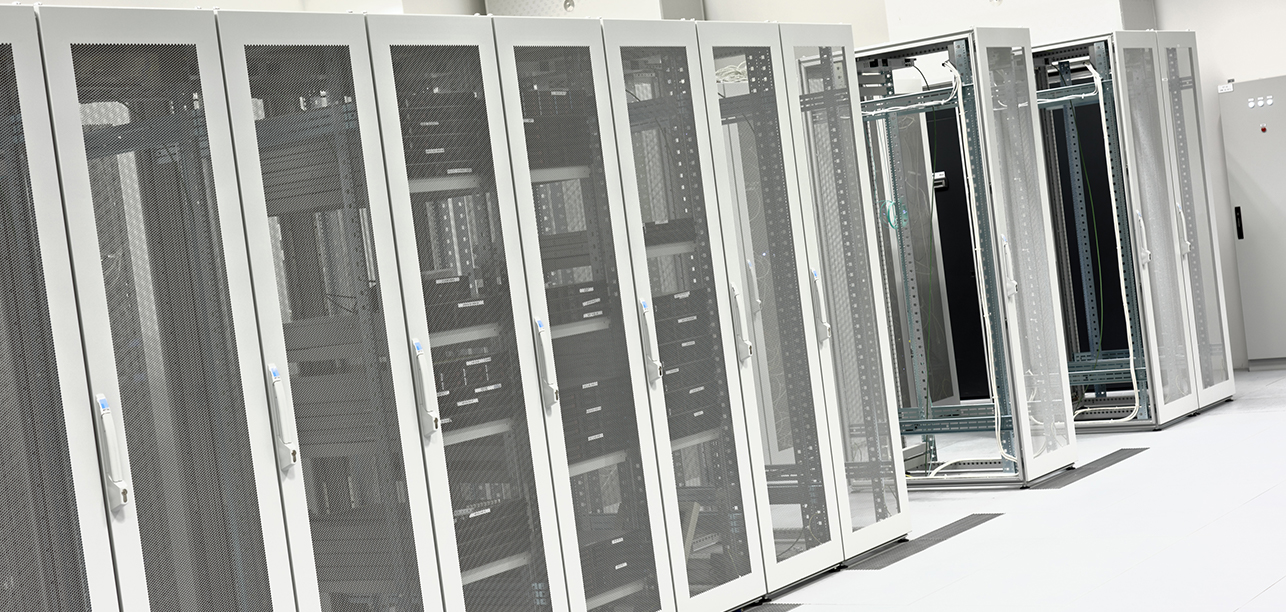
As companies continue migrating their infrastructure to cloud computing because of scalability and performance benefits, the value of incorporating bare metal servers is often overlooked. When building out Distil Networks, we needed a highly scalable architecture that could handle anything our customers threw at us, and bare metal helped us achieve this.
Distil Networks now serves billions of page views per month, so we have to support traffic spikes from customers with little to no advanced warning – which made the cloud seem like a perfect choice. Our initial network ran exclusively on cloud computing, which worked fine except that performance wasn’t as optimal as we had hoped. You don’t know how your cloud instances are going to perform from day to day – it’s shared computing, the hardware is older, and the hypervisor introduces overhead.
To achieve better performance, we eventually moved to bare metal. But this had drawbacks, too. While the dedicated hardware improved performance, we now lacked the scalability of the cloud. We couldn’t handle unpredictable traffic spikes unless we overprovisioned our servers to accommodate peak demand, which simply isn’t cost-efficient in the long run. We needed the performance of physical servers and the scalability of cloud.
A new approach
We took a step back and revisited our base assumption of no predictability in our traffic, and found that it was flawed. While we didn’t know what the spike in usage and compute needs would be, we noticed that we never dipped below a certain baseline of traffic. This got us thinking — what if we ran that baseline traffic on dedicated hardware, and only scaled when we burst beyond that? Our hybrid model was born.
Scalability
Our customer traffic varies from day to day, customer to customer. If we were to overprovision resources based on peak capacity, a large portion would go unused. The difference between our median traffic and peak traffic is 2-3x, so on any given day, that means up to 75% of our server resources would be underutilized. But, under-provisioning could mean outages for customers, which isn’t an option. A hybridized environment including cloud and bare metal helped us solve this problem.
Raw application performance
Application speed on our servers was also a challenge. As we introduced more management layers into our environment, performance started to degrade, but we couldn’t afford to take the hit. Especially at high volumes, we had problems with inconsistent performance, but by incorporating bare metal into our environment, our solutions experience less volatility and increased processing power.
The best of both worlds
While cloud computing will always win the scalability fight, with a few tweaks to your architecture, you can set up a hybrid environment that also provides the performance you need. Not only has hybrid hosting allowed Distil Networks to address our challenges of scale and performance, we’ve also been able to grow our business and reduce our infrastructure and engineering costs.


